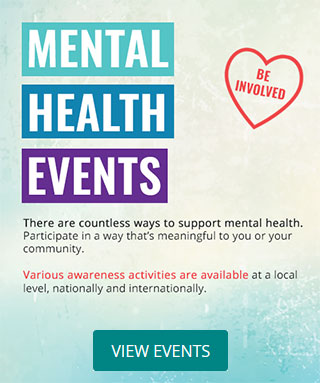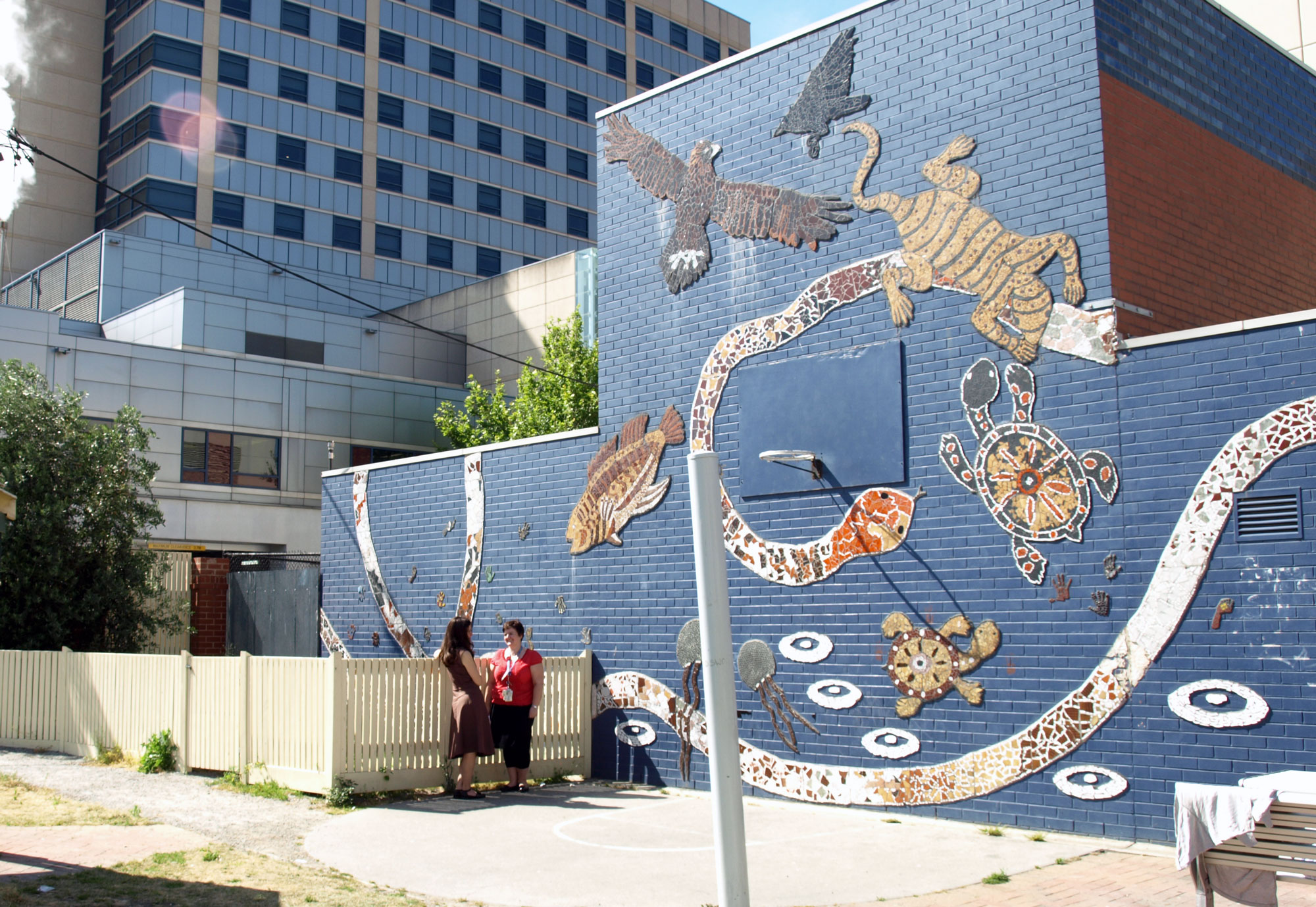Overview
Australian Mental Health Act 2014

In this section we explore shared decision making and post some valuable resource relating to the mental health act 2014.
The mental health act 2014
The 2014 Act came into effect in July 2014. It introduced new principles to support people experiencing mental illness to make and participate in treatment decision (shared decision making) and to have their views and preferences considered and respected.
The mental health act 2014
Frequently asked questions (FAQs)
What are the twelve guiding principles in the mental health Act 2014?
- Persons receiving mental health services should be provided assessment and treatment in the least restrictive way possible with voluntary assessment and treatment preferred
- Persons receiving mental health services should be provided those services with the aim of bringing about the best possible therapeutic outcomes and promoting recovery and full participation in community life
- Persons receiving mental health services should be involved in all decisions about their assessment, treatment and recovery and be supported to make, or participate in, those decisions, and their views and preferences should be respected
- Persons receiving mental health services should be allowed to make decisions about their assessment, treatment and recovery that involve a degree of risk
- Persons receiving mental health services should have their rights, dignity and autonomy respected and promoted
- Persons receiving mental health services should have their medical and other health needs, including any alcohol and other drug problems, recognised and responded to
- Persons receiving mental health services should have their individual needs (whether as to culture, language, communication, age, disability, religion, gender, sexuality or other matters) recognised and responded to
- Aboriginal persons receiving mental health services should have their distinct culture and identity recognised and responded to
- Children and young persons receiving mental health services should have their best interests recognised and promoted as a primary consideration, including receiving services separately from adults, whenever this is possible
- Children, young persons and other dependents of persons receiving mental health services should have their needs, wellbeing and safety recognised and protected
- Carers (including children) for persons receiving mental health services should be involved in decisions about assessment, treatment and recovery, whenever this is possible
- Carers (including children) for persons receiving mental health services should have their role recognised, respected and supported
Both the Commonwealth and the Victorian Government play important roles in the promotion of mental health, and addressing mental illness and suicide prevention.
SOURCE:
Mental Health Act 2014 www2.health.vic.gov.au
The Royal Commission into Victoria’s Mental Health System www2.health.vic.gov.au/
What is shared decision making?
Traditionally the relationship between doctors and patients has been one characterised by something of an uneven playing field with much of the authority and power being in the hands of the doctors and the wishes of the patients being regarded as less important. More recently there has been increasing emphasis on patient choice and involvement including significant legislative requirement for doctors to have specific consideration for the wishes of the patient.
Overall this has led to increased patient autonomy, and for this to happen doctors have had to provide much more information to the patient enabling them to make informed decisions.
From this background we can see the beginnings of shared decision making. This is a process that involves the integration of a patient’s values, goals and concerns with the best available evidence about benefits, risks and uncertainties of treatment, in order to achieve appropriate health care decisions. It involves clinicians and patients making decisions about the patient’ management together (Australian Commission on Safety and Quality in Healthcare).
Clearly for patients to be able to be involved in decisions then they will need to be better informed with access to relevant information. It’s the responsibility of the treating doctor to adequately inform the patient of the relevant options in terms of treatment and the pros and cons of all these options. Currently patients are less well informed than they would like to be. There are a number of advantages to improved information-sharing; a well-informed patient is likely to have more accurate expectations, have better participation in their treatment and be more satisfied with their treatment. Interestingly patients involved in shared decision making are likely to make better quality decisions and choose more conservative less costly choices.
Shared decision making therefore draws on the experience and expertise of both the patient and clinician. This is often referred to as having two experts in the room. The patient has expertise in terms of their experience of illness, their attitude to risk and history of their treatment. The clinician has expertise in areas such as diagnosis, treatment options and likely outcomes. The resultant treatment plan should balance both views.
It is also worth considering the process needed for this to take place. Sufficient time needs to be allocated not only to allow the exchange of information but importantly the patient needs to be given enough time to consider and weigh up the information in order to make their decision.
The issues of capacity are sometimes a problem in mental health. Broadly speaking to have capacity to make a decision a person must be able to understand the relevant information, retain that information, use and weigh up the information and communicate their decision back.
They do not have to make a “good” decision nor one that makes sense to anybody else. It is reasonable to assume all patients have capacity unless proved otherwise. Capacity is also issue and time-specific; for example, someone might have capacity to decide about their accommodation but not their finance.
The concept of shared decision making is a conceptual change to the traditional way medical decisions have been made. There have been concerns and misconceptions about the benefits of such method being of benefit to the patient. Principally clinicians need to consider that most patients wish to be involved in making decisions about their care most of the time. The degree to which patients wish to be involved may change from situation to situation, but an agreed decision to allow the clinician to decide on management options is in itself an example of shared decision making.
There are several advantages to adopting shared decision making for the clinician, not least the requirement of SDM to discuss the evidence behind treatment choices may which may decrease unwanted variance across time between different clinicians and allow more consistent treatment
Advance management statements are a mechanism for recording a decision or set of decisions about future treatment options. The advantage is that it allows for decisions to be considered and recorded when the patient is well, so they are available when the patient might not be able to communicate them.
Treatment options are often complex in mental health, and patients are often distressed because of their symptoms. There may therefore be times when a person is not in a position to consider multiple or complicated options about their care but it is important to consider that there are a number of simpler decisions they can be involved in at the time and that many more complex decisions may be left until later when their clinical status may have improved.
There may well be differences in a patient’s desire and will to be involved in their own decision making, but this is in itself a valid form of decision making.
In general, shared or supported decision making should be the approach taken by clinicians and patients when discussing their treatment plans. It respects a person’s right to choose their treatment but also will probably lead to better outcomes in the long term.
Resources
Resources
The Royal Commission into Victoria’s Mental Health System www2.health.vic.gov.au/
Shared decision making resources
Shared decision making overview
Victorian government Recovery and supported decision making resources
Better health channel decision making options, benefits and risks
With special thanks to
Many people have contributed to the development of this project through research, focus groups, advice, information and ideas. We would like to acknowledge and thank all who have contributed and supported us in our endeavor. They are:
Newsletters
Stay in the loop with our monthly newsletters!
If you are having thoughts of suicide, or severe self-harm please follow your crisis plan. If you do not have a crisis plan please call your treating clinician, therapist, general practitioner, one of the numbers listed below or go to the Emergency Department of the nearest hospital. In a life-threatening emergency ring 000.
Phone numbers and other supports that can be contacted in a crisis:
Life Line: 13 11 14 | www.lifeline.org.au
Sane Helpline: 1800 187 263 | www.sane.org






 The 2014 Act came into effect in July 2014. It introduced new principles to support people experiencing mental illness to make and participate in treatment decision (shared decision making) and to have their views and preferences considered and respected.
The 2014 Act came into effect in July 2014. It introduced new principles to support people experiencing mental illness to make and participate in treatment decision (shared decision making) and to have their views and preferences considered and respected.

